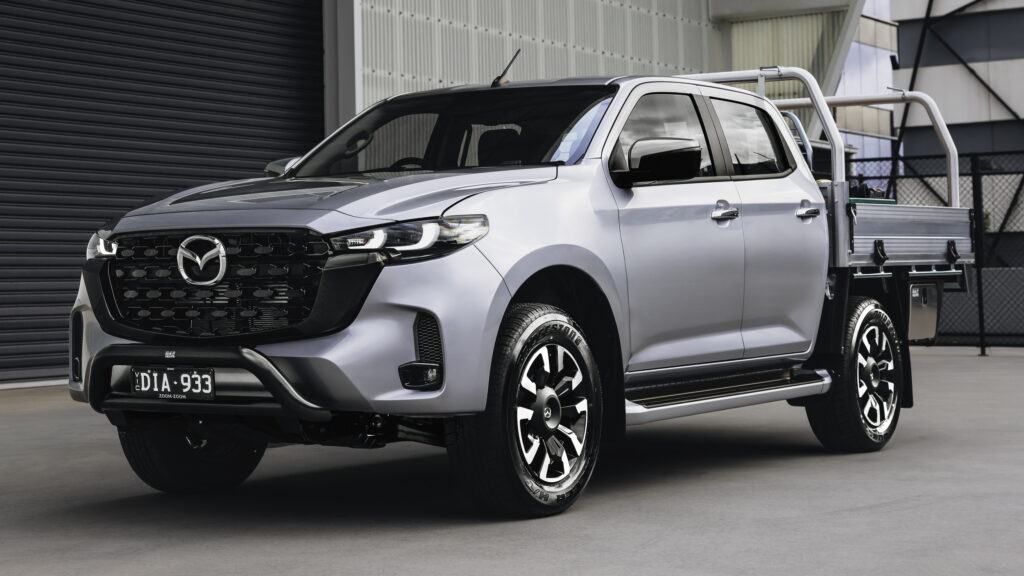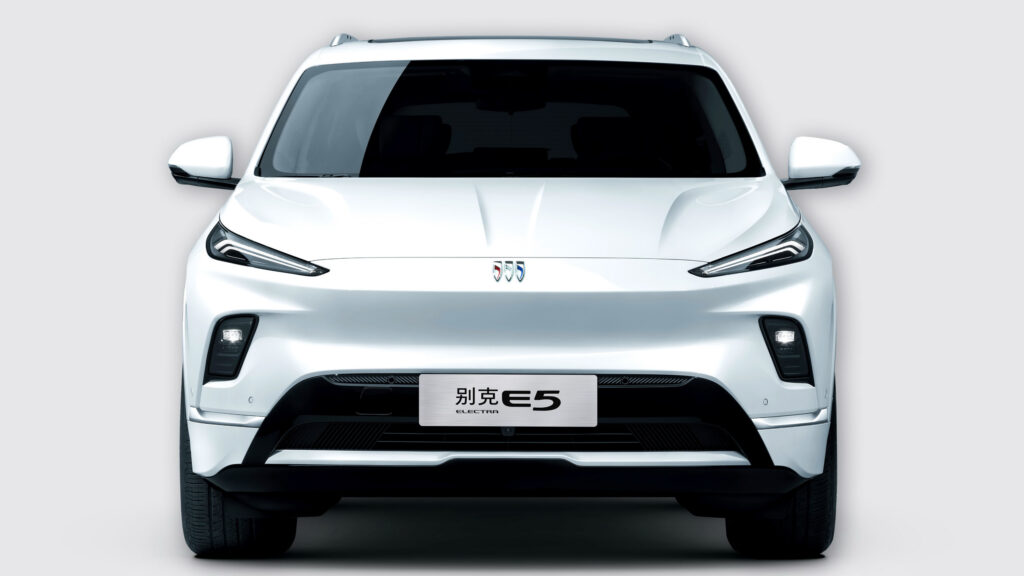Mazda’s Position on Electric Trucks
The head of Mazda Australia stated that the company does not plan to release electric pickups in the near future. In his opinion, diesel engines will remain relevant, and he does not believe that hybrid and electric technologies will become the only options for the market.
This means that the Mazda BT-50 model will not follow the path of its twin, the Isuzu D-Max, which recently introduced a fully electric version.
Market Trends and Technologies
In recent years, many trucks with electric, hybrid, or mild hybrid powertrains have appeared; however, some experts believe that traditional diesel is still best suited for such tasks. Mazda Australia demonstrates loyalty to diesel engines, even despite the theoretical possibility of using electric technology for the BT-50.
The Mazda BT-50 is a mid-size pickup truck developed jointly with the Isuzu D-Max. The latter recently expanded its lineup with a fully electric version. The D-Max EV has an output of 188 hp (140 kW) thanks to two electric motors and a range of 263 km according to the WLTP standard from a 66.9 kWh battery. However, its starting price is significantly higher than that of the diesel version.
“I don’t think we will have an electric pickup anytime soon. But we will let the market say if there is a place and demand for it, and Mazda will consider possible options,” noted the head of Mazda Australia.

Competition and the Future of Diesel
Models such as the Ford Ranger, BYD Shark, and GMW Cannon Alpha have already introduced hybrid technologies in the mid-size pickup segment, and the future Nissan Navara and Mitsubishi Triton are likely to follow the same path. However, the head of Mazda Australia does not believe that hybrids pose a threat:
“Diesel pickups will remain; I do not see a future where hybrid or electric pickups will be the only options. Diesel still makes sense. If you look at efficiency standards, diesel technology still has better CO2 emission figures compared to others.”
These comments make it clear that the Mazda BT-50 will not achieve zero emissions—at least in the foreseeable future. However, mild electrification, like that of the Toyota Hilux which recently received a mild hybrid diesel, cannot be completely ruled out. This does not sacrifice the advantages of diesel—high torque, reliability, payload capacity, and towing capabilities—but helps reduce fuel consumption and emissions.

Current Offerings and Specifications
The third generation BT-50 was introduced in 2020 and updated in 2024. Currently, in Australia, the model is available with two diesel engines: a base 2.2-liter four-cylinder engine producing 161 hp (120 kW) and 400 Nm of torque, and a larger 3.0-liter engine producing 187 hp (140 kW) and 450 Nm of torque.
Mazda’s decision to remain faithful to diesel may be justified given market specifics, especially in regions where electric vehicle infrastructure is not yet developed and the needs of freight transportation require the reliability and power offered by traditional engines. Furthermore, the continuous development of diesel technologies allows them to meet strict environmental standards, making them competitive even in the modern world focused on reducing emissions.


 by
by 
